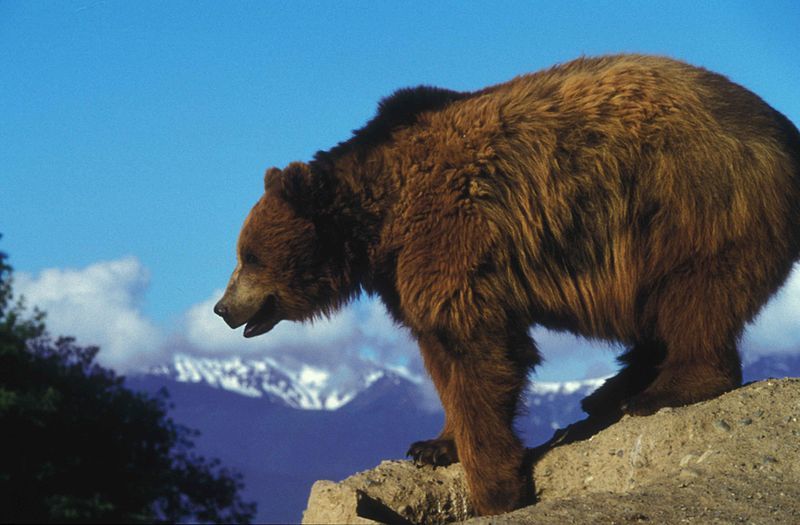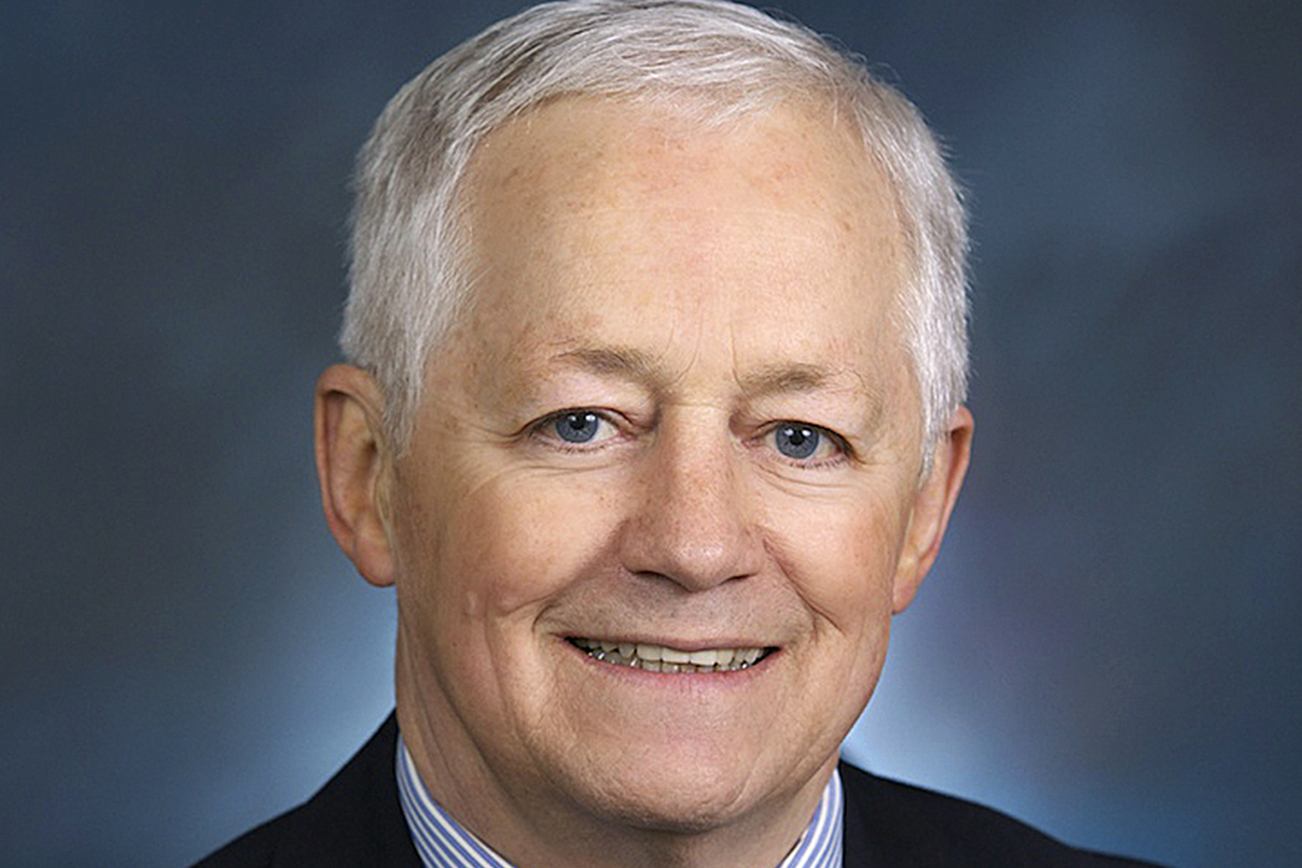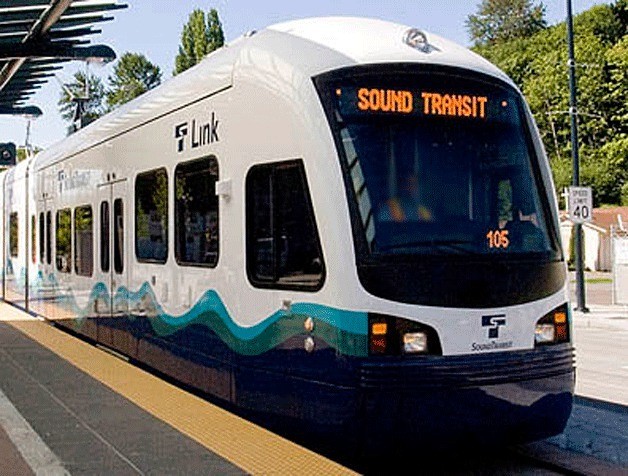Only one person has seen a grizzly bear in the 9,600 square miles of Washington’s North Cascades in the last 20 years.
In fact, biologists estimate that only 10 of these brown bears wander around in this rugged mountain range—compared to about 800 in Montana and 600 in the Yellowstone-Teton area.
The National Park Service and the U.S. Fish and Wildlife Service have been investigating how to restore the grizzlies’ population in the North Cascades since the late ’90s, and are now one step closer to making that happen.
On Thursday, the partnership made available the Draft Grizzly Bear Restoration Plan / Environmental Impact Statement (draft plan/EIS) for the North Cascades Ecosystem, which includes four alternatives to bring at least 200 self-sustained grizzlies in the mountain range. The draft assesses the potential environmental impact of this proposal and will help make some decisions in the future once it’s examined in public meetings.
“Historically, grizzly bears were part of the North Cascades’ ecosystem, and to restore them would benefit the ecosystem as a whole,” Ann Froschauer, a spokesperson for the U.S. Fish and Wildlife Service, said. “An ecosystem that is capable of supporting a large population of grizzlies is also capable to support large populations of plants and other animals.”
See also:
Fear, Loathing, and Grizzly Bears in the Northern Cascades
Fishers, Grizzlies, and the ‘Reverse Apocalypse’ of Washington’s Wildlife
The initiative has received economic support from institutions like the Woodland Park Zoo, Defenders of Wildlife, and the National Wildlife Federation and the support from the community as well.
The services report that Washington residents have supported the process in recent polls and that local Native American leaders believe that this species is important for their cultures and ceremonies.
“It’s inspiring all the support that the restoration of these bears has received,” Conservation Northwest’s Chase Gunnell said. “It’s great to see that people recognize the value of the grizzly bear to keep a healthy ecosystem in the North Cascades and I also think it’s our responsibility to restore them. They didn’t go extinct, we killed them off so we need to do what we can do to bring them back.”
Some people, however, have expressed their concerns about the initiative, especially regarding potential bear attacks. However, in this decade, only 11 fatal incidents related to grizzlies have been reported in North America (U.S., Canada and Mexico) with seven of them happening in the Northern Rockies region.
But statistics are meaningless when facing a grizzly so, of course, hikers should take some measures to prevent bear attacks. Froschauer shared tips well known to people who have spent time in griz country.
“Always hike in groups, make noise, clean your area if you’re camping out,” Froschauer said. “And for people living close to bears, it’s important not to leave trash or dog food outdoors.”
The 60-day public comment period for the draft EIS will include eight public meetings held around the North Cascades region and two webinars.
The document is available for public review and comment through March 14, 2017 by clicking here.







